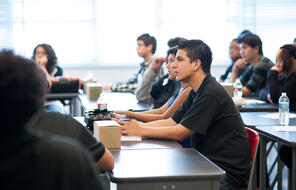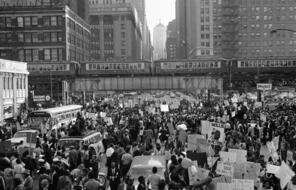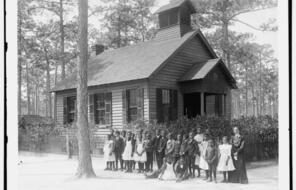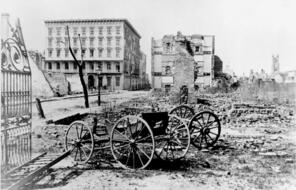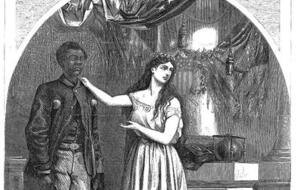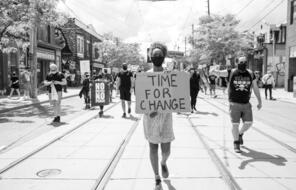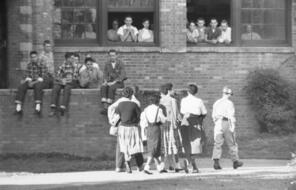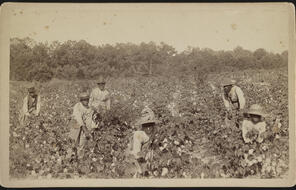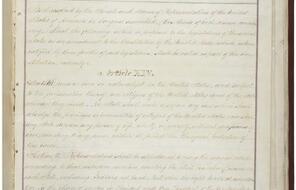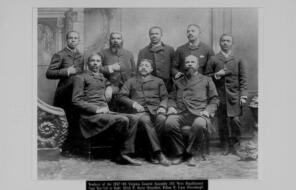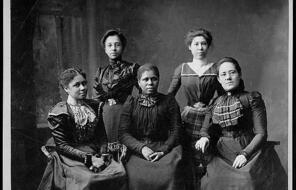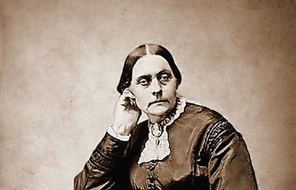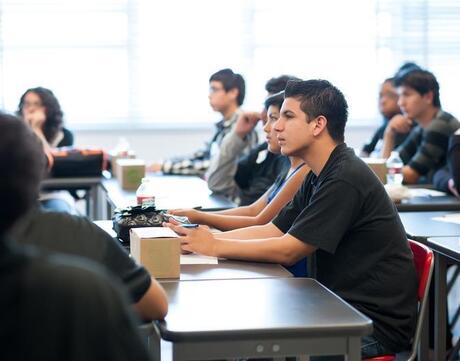
Preparing for a Conversation about Policing and Racial Injustice
Subject
- History
- Social Studies
Grade
6–12Language
English — USPublished
Updated
Overview
About This Mini-Lesson
Students bring personal experiences with the police into discussions about policing and racial injustice. Some students may have had negative or even violent interactions with police, or know someone who has. Some students may have family members or loved ones who are police officers. It is important to acknowledge the prior experiences students bring into the conversation. This Teaching Idea gives students an opportunity to reflect on the emotions and experiences that they and their classmates bring into this conversation, asks students to revisit their class contract and co-create norms to guide the discussion, and introduces the issue of racial injustice in policing and the disproportionate use of force against Black Americans. This Teaching Idea also helps students make room for complexity in their conversations about policing.
Preparing to Teach
A Note to Teachers
Before you teach this mini-lesson, please review the following guidance to tailor this lesson to your students’ contexts and needs.
Activities
Activities
Materials and Downloads
Quick Downloads
Preparing for a Conversation about Policing and Racial Injustice
Unlimited Access to Learning. More Added Every Month.
Facing History & Ourselves is designed for educators who want to help students explore identity, think critically, grow emotionally, act ethically, and participate in civic life. It’s hard work, so we’ve developed some go-to professional learning opportunities to help you along the way.
Exploring ELA Text Selection with Julia Torres
On-Demand

Working for Justice, Equity and Civic Agency in Our Schools: A Conversation with Clint Smith
On-Demand

Centering Student Voices to Build Community and Agency
On-Demand


